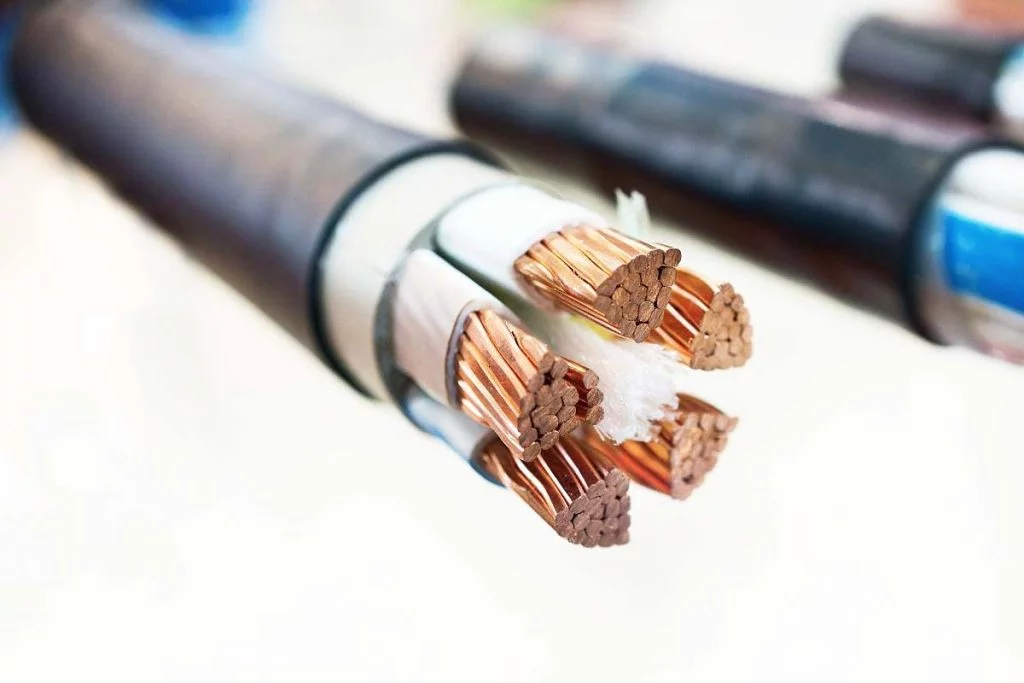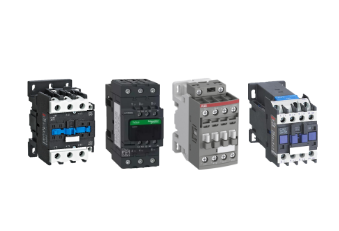The common types of encoders include incremental encoders, absolute encoders, rotary encoders, and linear encoders. Although Different types of encoders have different working principles, encoders are used to measure motion or position and are widely used in industrial control, robotics, automation systems, and other fields. This article will introduce the encoder types for you.
According to different outputs, it is mainly divided into the following categories:
1. Incremental encoder
An incremental encoder is a sensor used to measure the relative movement or position changes of an object. It reflects the relative position changes of the object by generating pulse signals. Unlike absolute encoders, incremental encoders only provide relative position information and do not directly output the absolute position of the object.

Types of incremental encoder
There are 4 incremental encoder types in the following:
- Square wave incremental encoder:
Definition: The output signal of a square wave incremental encoder is a square wave signal with a phase difference of 90 degrees. This encoder generates two square wave signals with a phase difference of 90 degrees by changing the transparent and opaque areas on the grating disk or magnetic encoder disk. The two signals are usually marked as A phase and B phase.
- Sine wave incremental encoder:
The output signal of the sine wave incremental encoder is a sine wave signal with a phase difference of 90 degrees. In contrast to square wave incremental encoders, the output of sinusoidal incremental encoders is an analog signal, usually sine and cosine waves.
- Photoelectric incremental encoder
Photoelectric incremental encoders work based on photoelectric sensing technology. It detects changes in transparent and opaque areas on the grating disk and generates pulse signals to represent changes in the relative position of objects.
- Magnetic incremental encoder:
Magnetic incremental encoder uses magnetic sensing technology to measure changes in the relative position of objects. This type of encoder consists of a magnetic encoder disk with magnetic areas distributed over it. By detecting changes in these magnetic areas, magnetic incremental encoders produce pulse signals that represent an object’s relative position in space.
2. Absolute encoder

An absolute encoder is a sensor used to measure the absolute position of an object. It directly outputs the absolute position information of the object in space without the need for cumulative counting of relative positions. This type of encoder is often used in applications that require high precision and accuracy, such as CNC machine tools, robot control, aerospace, etc.
Types of absolute encoder
There are 2 absolute encoder types in the following:
- Single-turn absolute encoder
A single-turn absolute encoder is a sensor capable of measuring the absolute position of an object within a 360-degree range. Unlike incremental encoders, it can directly provide accurate position information within a circle without the need for cumulative counting of relative positions.
- Multi-turn absolute encoder
A multi-turn absolute encoder is an encoder that can measure absolute position within a 360-degree range and record the current number of turns. Compared with single-turn absolute encoders, multi-turn absolute encoders can track and record the absolute position of an object over more than one rotation, providing broader position information.
3. Rotary encoder

Rotary encoder is a sensor used to measure rotational motion, which converts rotational position changes into electrical signals. This sensor usually consists of a rotating shaft and one or more rotating encoder disks with many scales or grooves. When the shaft rotates, by detecting changes in these scales or grooves, the rotation of the shaft can be determined. location and orientation.
Types of Rotary encoder
There are 3 rotary encoder types in the following:
- Optical Rotary Encoder
Optical Rotary Encoder uses a photoelectric sensor to detect transparent and opaque parts of a grating on a rotating disk or a code strip. When rotating, changes in these parts generate electrical signals through photoelectric sensors, which are used to measure the position and direction of rotation. Optical rotary encoders generally have higher resolution and accuracy.
- Magnetic Rotary Encoder
Magnetic Rotary Encoder uses a magnetic sensor to detect magnetic marks on a rotating disk. By monitoring changes in the magnetic field, magnetic rotary encoders determine the position and direction of rotation. This type of encoder is usually more durable and able to work in some harsh environments.
- Mechanical Rotary Encoder
Mechanical Rotary Encoder uses mechanical contact to detect notches or bumps on a rotating disk. As the rotating disk rotates, the mechanical part comes into contact with the notches or bumps, producing an electrical signal. Mechanical rotary encoders are relatively simple, but are susceptible to wear due to mechanical contact.
4. Linear encoder

A linear encoder is a sensor used to measure linear motion, similar to a rotary encoder, but a linear encoder is used to measure the displacement of an object in a linear direction rather than rotation. It converts linear displacement into electrical signals, providing accurate and real-time feedback on an object’s position. Linear encoders are widely used in many fields, such as machine tools, printing machines, CNC machine tools, 3D printers and other applications that require precise position control.
Types of Linear encoder
There are 4 types of linear encoder types in the following:
- Optical Linear Encoder
Optical Linear Encoder uses a photoelectric sensor to detect linear displacement, usually by setting transparent and opaque scales on the measuring scale. When an object moves in a straight line, the photoelectric sensor detects changes on the grating or coding strip and generates an electrical signal. Optical linear encoders feature high resolution and high accuracy.
- Magnetic Linear Encoder:
Magnetic Linear Encoder uses a magnetic sensor to detect linear displacement, usually by setting magnetic marks on the scale. As an object moves, magnetic sensors detect changes in the magnetic field, thereby measuring displacement. Magnetic linear encoders generally have high durability and adaptability and can be used in some harsh environments.
- Capacitive Linear Encoder
Capacitive Linear Encoder uses changes in capacitance to measure the displacement of an object. It usually consists of two parallel capacitive plates, one of which is fixed and the other connected to the moving object. The displacement of the object causes a change in the capacitance value, and the displacement is determined by measuring the change in the capacitance value.
- Inductive Linear Encoder
Inductive Linear Encoder uses the principle of electromagnetic induction to measure displacement. It usually consists of a fixed coil and a coil connected to a moving object. When the object moves, the changes in the electromagnetic field induced can be used to measure displacement.






